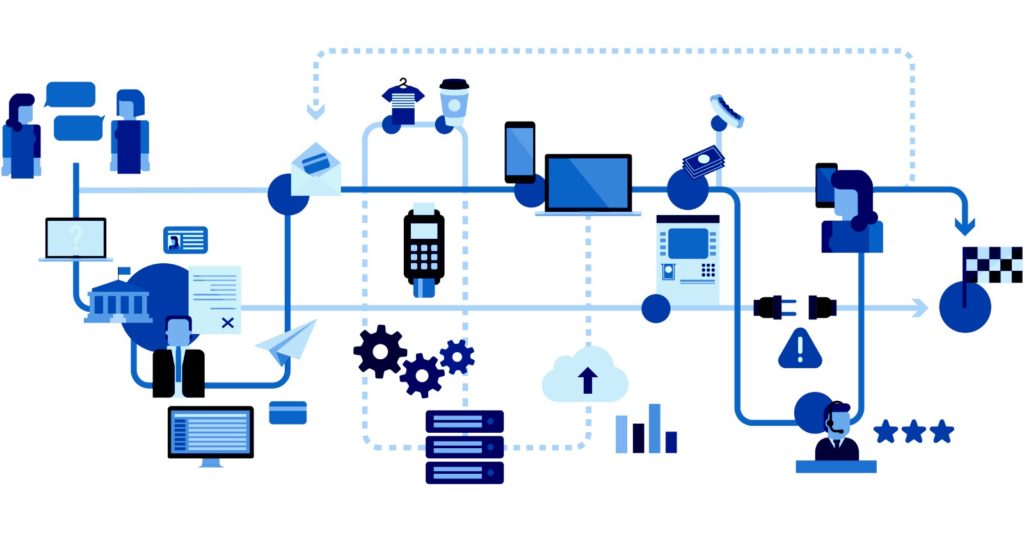Methods
Methods
Though established and respected, the methods we frequently use aren’t always widely-known or understood. Here is some information to give a high level understanding of design thinking, service design, and systems thinking in values-driven transformation.
We have used these frameworks working with organizations such as Bank of America, the San Francisco Mayor’s Office of Civic Innovation, The Kauffman Foundation, American Express, New Media Ventures, Northside Media and other respected organizations.
Why these methods?
We are at a point where the impact of our work and the factors influencing it are more far-ranging than many methods can account for, making it important to use comprehensive methods to identify both opportunities and challenges.
Furthermore, gone are the days where an enjoyable product was enough to convert and keep a customer. A growing majority of consumers today increasingly expects brands to not only be aware of their impact, but to be transparent and authentic in ensuring integrity of values across the delivery of your product or service.
The mix of these methodologies is a strong toolkit that offers the comprehensive approach needed to create values-driven transformation that is relevant, enjoyable and communicates consistency of values to your customer. Learn about the market demand for values-driven transformation.
Design Thinking
Design Thinking, as defined by the Interaction Design Institute, is “a methodology that provides a solution-based approach to solving problems. It’s extremely useful in tackling complex problems that are ill-defined or unknown, by understanding the needs involved, by re-framing the problem, by creating many ideas in brainstorming sessions, and by adopting a hands-on approach in prototyping and testing.” (Learn more about the process and about leading the process.)
Design thinking is not only the methodology that this diagram broadly defines, it is a mindset and level of intentionality brought to problem exploration and solution development.
Deliverables include, but are far from limited to:
– Insights report
– Personas
– Customer journeys
– Prototypes
– Digital products
– In person experiences

Service Design
Service design improves the experiences of both the user and employee by designing, aligning, and optimizing an organization’s operations to better support customer journeys. It is a great methodology when “planning and organizing a business’s resources (people, props, and processes) in order to (1) directly improve the employee’s experience, and (2) indirectly, the customer’s experience.” First developed in Europe to effectively deliver public processes, the methodology is ideal for creating a clear multi-channel experience and value-delivering strategy. Learn more.
Once, products and services were very different things, but today, even basic products are made more valuable and improve customer experience through service-oriented strategies.
Deliverables include:
– Toolkits
– Service ecosystem design
– Service blueprinting
– Service design workshops & training
Systems Thinking & Design
Systems thinking is a comprehensive method of analysis that focuses on the way that a system’s constituent parts interrelate and how systems work over time and within the context of larger systems.
Taking a systems approach enables us to identify opportunities, better foresee challenges and deliver more comprehensive value. Read this paper on systems thinking for an in-depth consideration of its value.
Deliverables include:
– System Mapping
– Emergence Ideation
Have questions?
Want to explore an opportunity?
Get in touch with Lauren Sinreich directly at lauren [at] wearewhole [dot] com
to find a time to talk.


